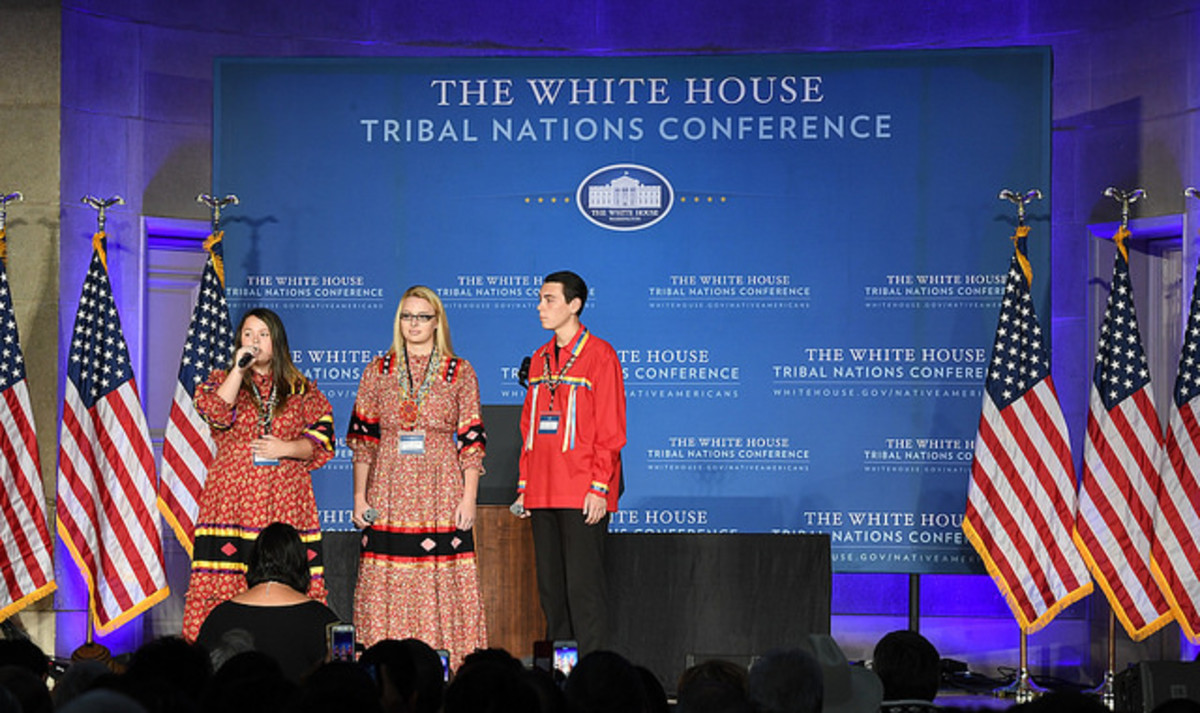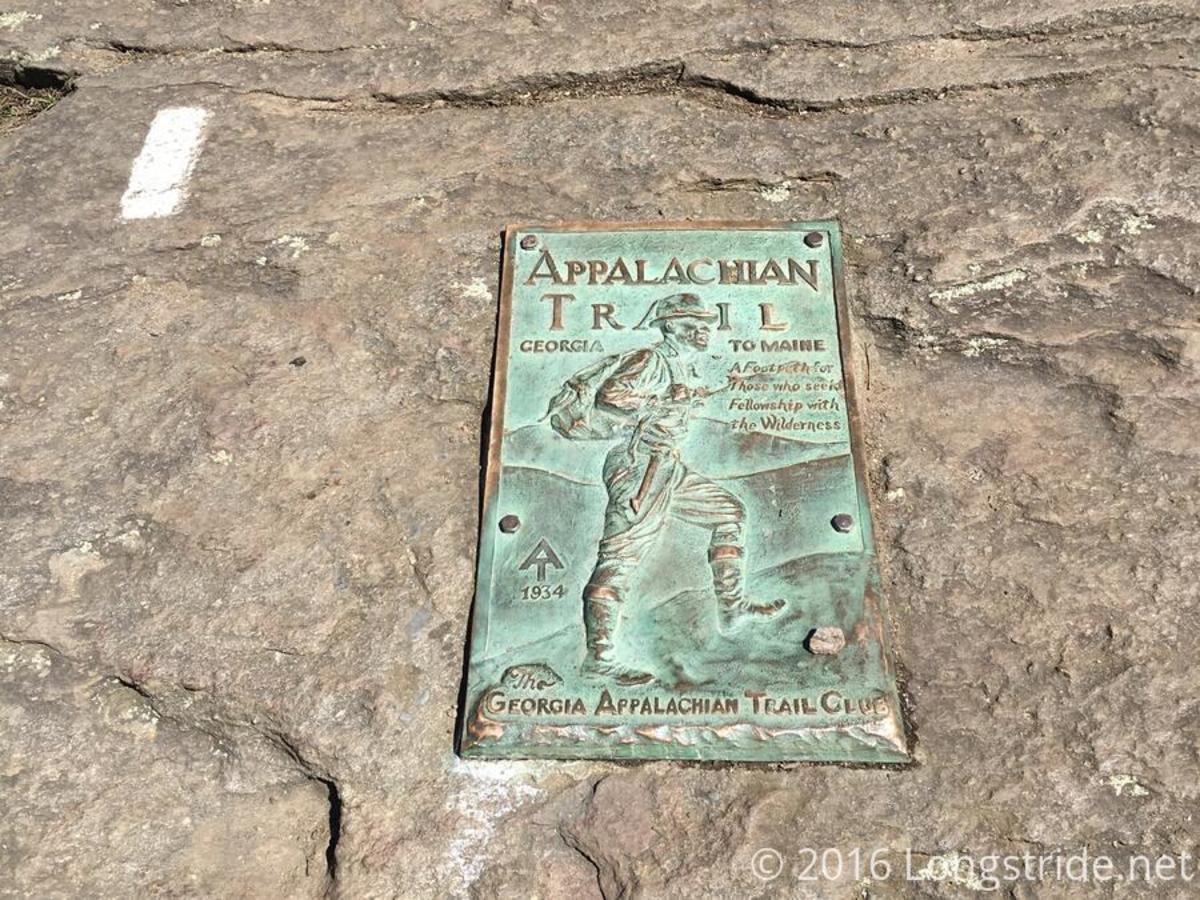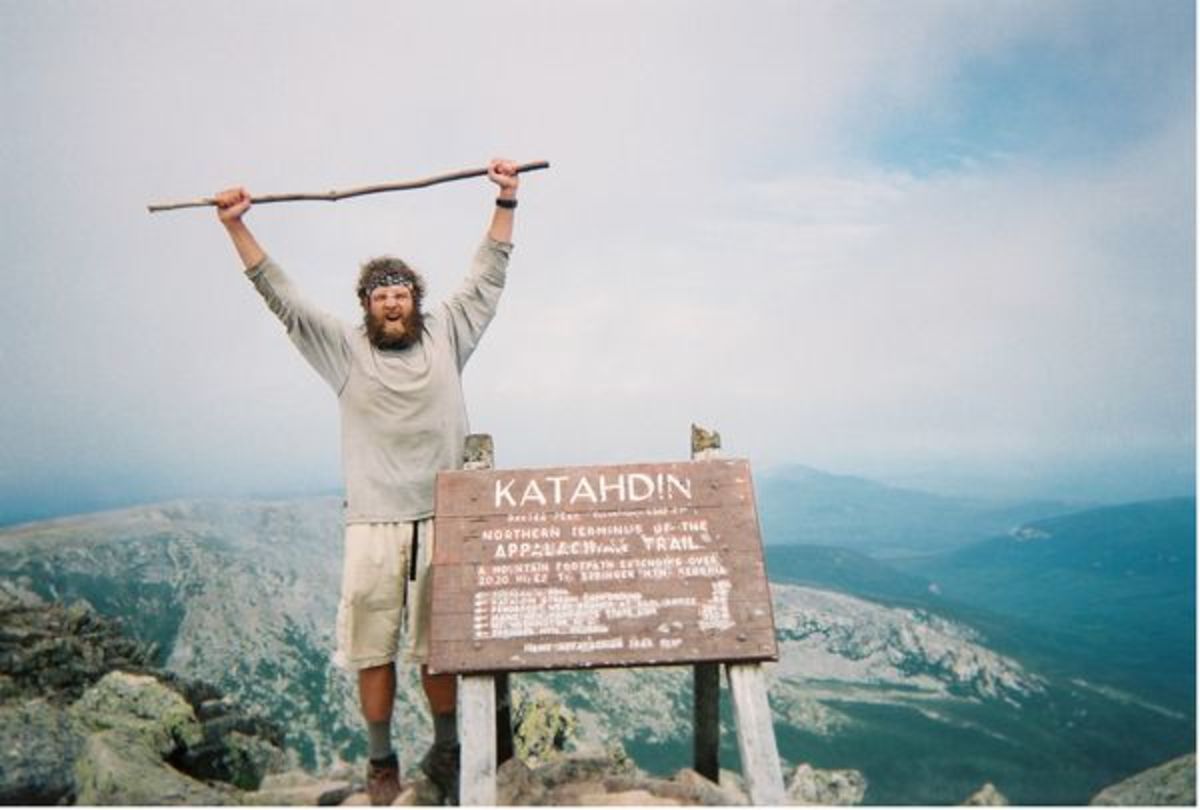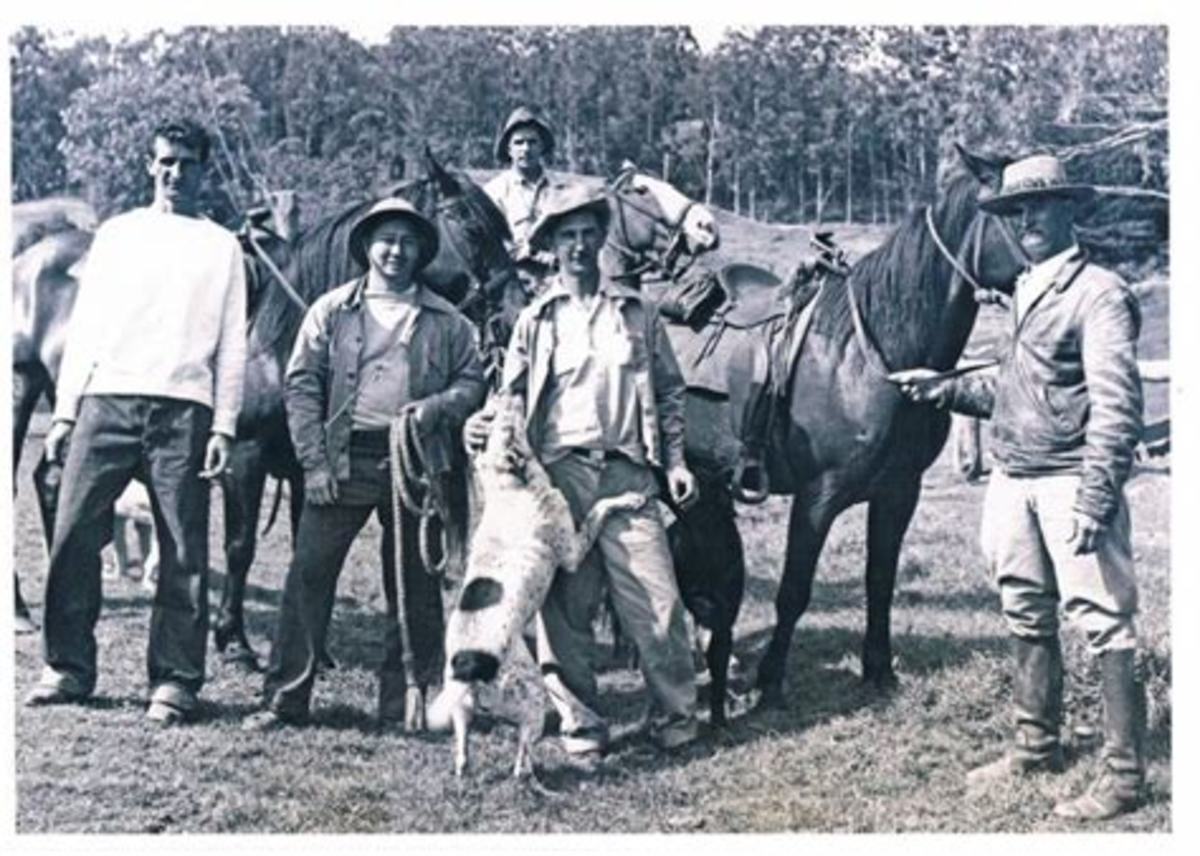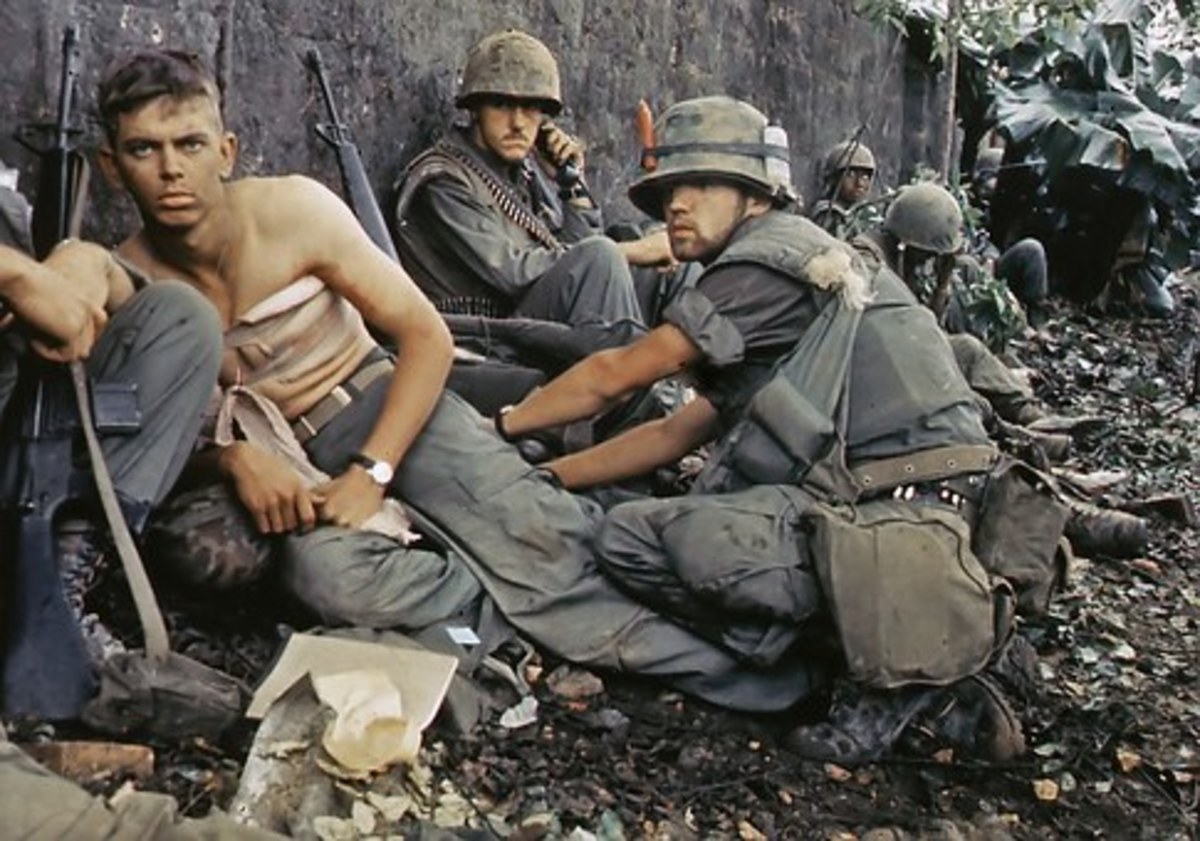Legend of the Cherokee Rose



A Shameful Episode
In one of the most heartbreaking events of American history, men, women, and children were torn from their land, and forced to march a thousand miles with practically no food or supplies. The shameful episode became known as “The Trail of Tears,” or as translated from Cherokee, “The Trail where they cried.”
The Cherokee Rose is a flower representing the pain and suffering of the “Trail Where They Cried.” It is said the Cherokee mothers grieved so much the chiefs prayed for a sign to lift the mother's spirits and give them strength. Their prayers were answered. A beautiful new flower, a rose, grew wherever a mother's tear fell on the ground. The rose is white, for the tears. It has a gold center, for the gold taken from Cherokee lands, and seven leaves on each stem representing the seven Cherokee clans that made the journey. To this day, the Cherokee Rose flourishes along the route of the "Trail of Tears" and is now the official flower of the State of Georgia.


Trail of Tears
TheTrail of Tearswas the forced removal ofCherokee, Creek, Seminole and Choctaw among others, from their homelands to Indian Territory in the Western United States. Specifically, present day Oklahoma. It began with the removal of theChocktaw Nation in 1831. Thousands of Native Americans suffered and died from exposure, disease.
The Cherokee had long lived in Western Georgia. However, rumors of gold in 1828 spelled the beginning of the end. In 1828 Cherokees were not nomadic savages, and had never been. They had assimilated into European society very well adopting clothing fashions and establishing community infrastructures such as schools, churches and an established representational government.
Between 1790 and 1830 increasing numbers of settlers pushing westward created a problem for Georgians who had already been taking Indian land and forcing them into the frontier. By 1825 the Lower Creek Indians had been completely removed from the state under provisions of the Treaty of Indian Springs and by 1827 they were completely gone.
Many think the great Indian battles occurred in the Old West during the late 1800’s. By that time they had all but been conquered. It began as soon as the first European put foot on North American shores and ended with President Andrew Jacksons’ “Indian Removal Act.”
About 53,000 Creeks, Cherokees, Choctaws, and Chickasaws lived in the South when Jackson became President. The Indian nations had already given up much of their land and moved farther westward to make room for white settlers. But for white farmers, gold seekers and land speculators that wasn’t enough. The greedy put pressure on state governments to force the remaining Indians off their lands.
In 1830 the Congress of the United States passed the "act, although many Americans didn’t like it. One who lobbied tirelessly against it was Tennessee Congressman Davy Crockett. But Jackson signed it into law anyway. Crockett’s stand ruined his political career. He said, concerning the matter, “I would sooner be honestly damned than hypocritically immortalized.”
The Cherokees challenged the removal laws in the Supreme Court by establishing an independent Cherokee Nation. In Cherokee Nation v. Georgia, the Court refused to hear a case extending Georgia's laws because they were not a sovereign nation. However, in 1832, the Supreme Court ruled in favor of the Cherokee on the same issue in Worcester v. Georgia. Chief Justice John Marshall ruled the Cherokee Nation was sovereign. The Cherokee would have to agree to removal in a treaty which would then have to be ratified by the Senate.
Ratification of the treaty sealed the fate of the Cherokee. Among the few notables who also spoke out were Daniel Webster and Henry Clay, but it passed by a single vote. When General John Wool received orders to move on the Cherokee he resigned his command in protest.
On May 17, 1838 with 7000 men, his replacement, General Winfield Scott, began the invasion of the Cherokee Nation. Human losses for the first groups of Cherokee were extremely high partly because the winter of that year was exceptionally brutal.
15,000 men, women and children were forced to march west ward, mostly on footto what is now Oklahoma. Of these, an estimated 4,000 died due to starvation, exhaustion, exposure and racism. After the Indians had been settled they were promised a stipend by the government. However, unscrupulous federal agents in charge of the reservations often pocketed the money. This contributed to even more death and starvation of the Natives.
Americans of colonial descent have a glorious heritage to be proud of, don’t they? Strangely enough, much of this kind of information is seriously lacking in biographies of our national heroes. And our country has prospered and become a major leading super power since those early days, but at what cost?



